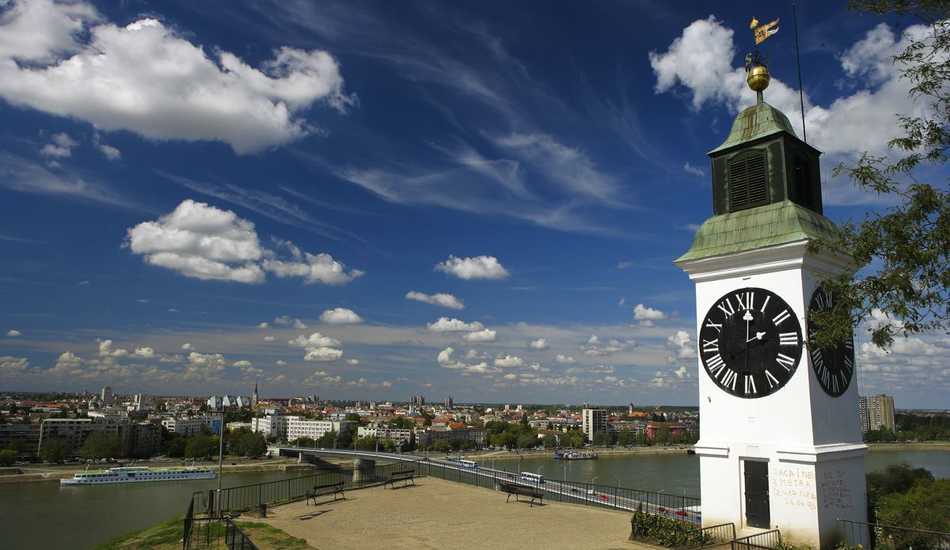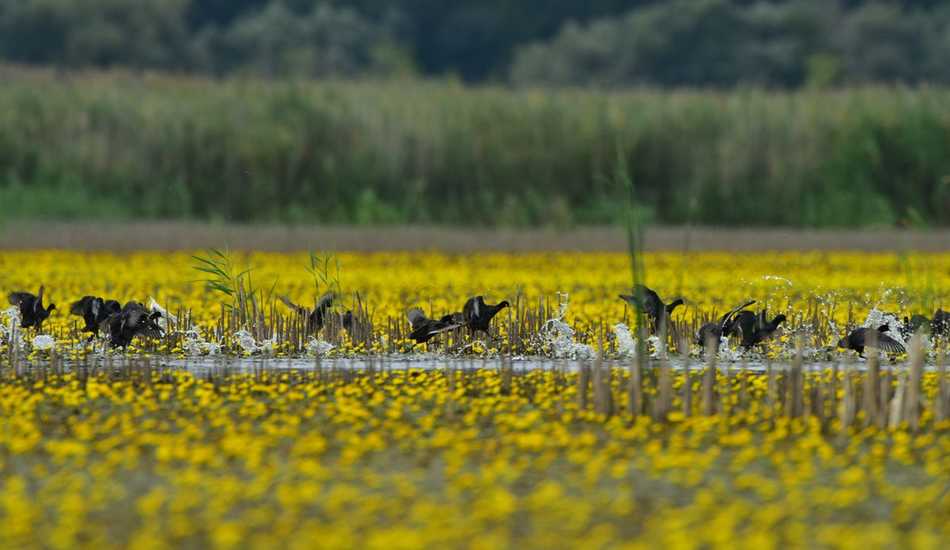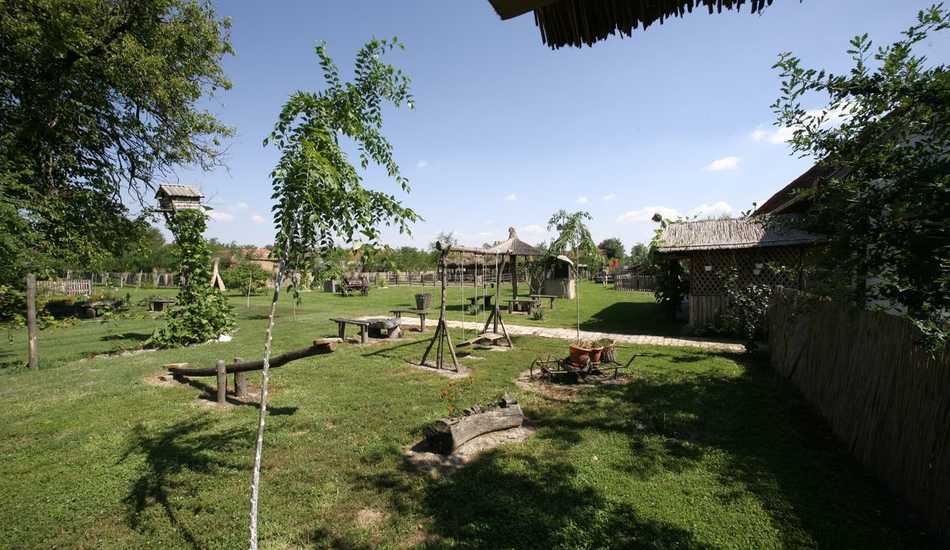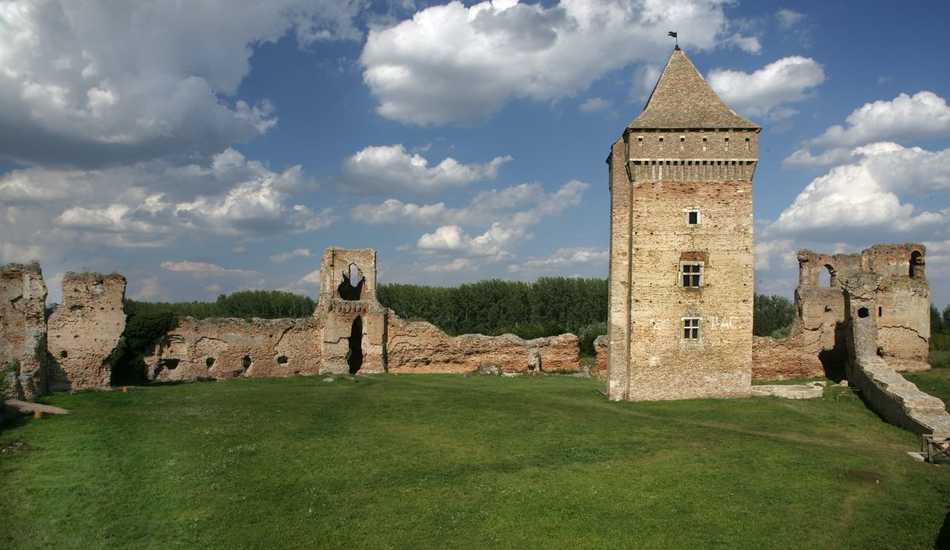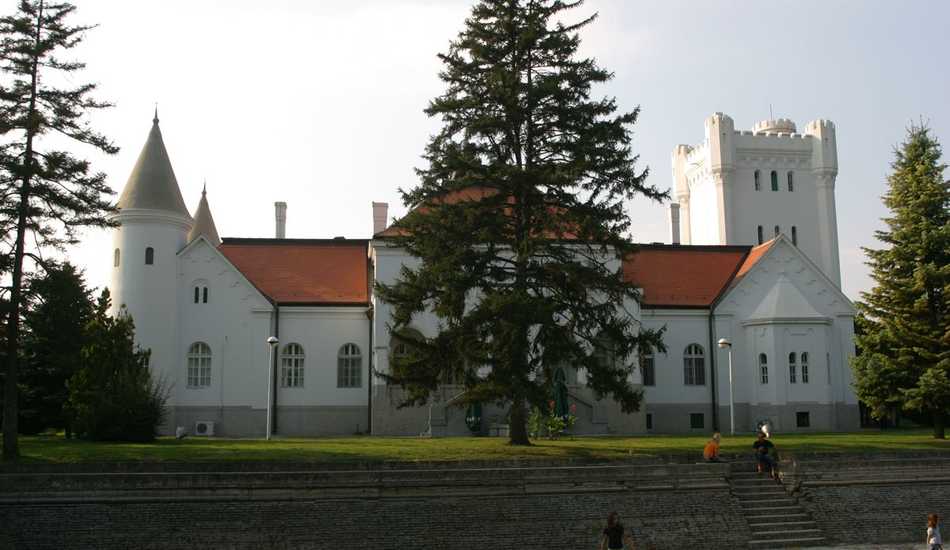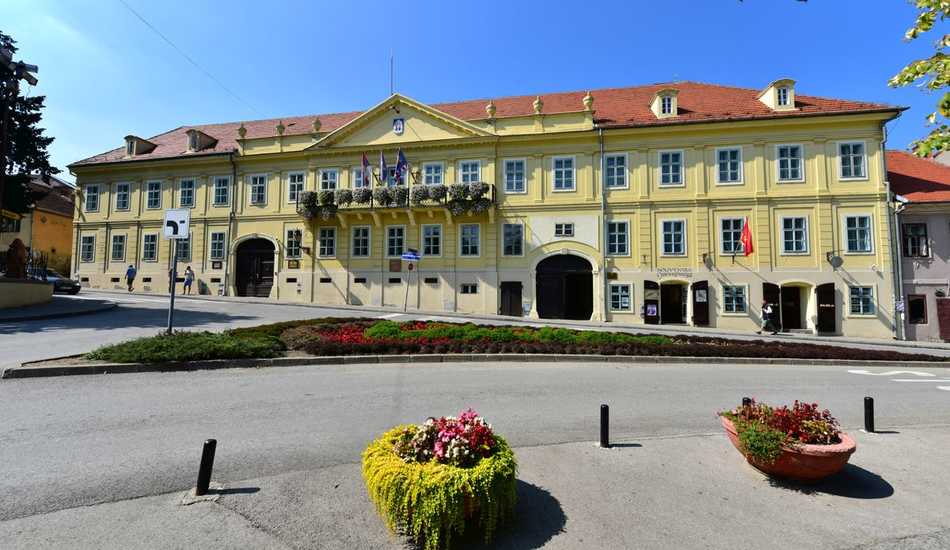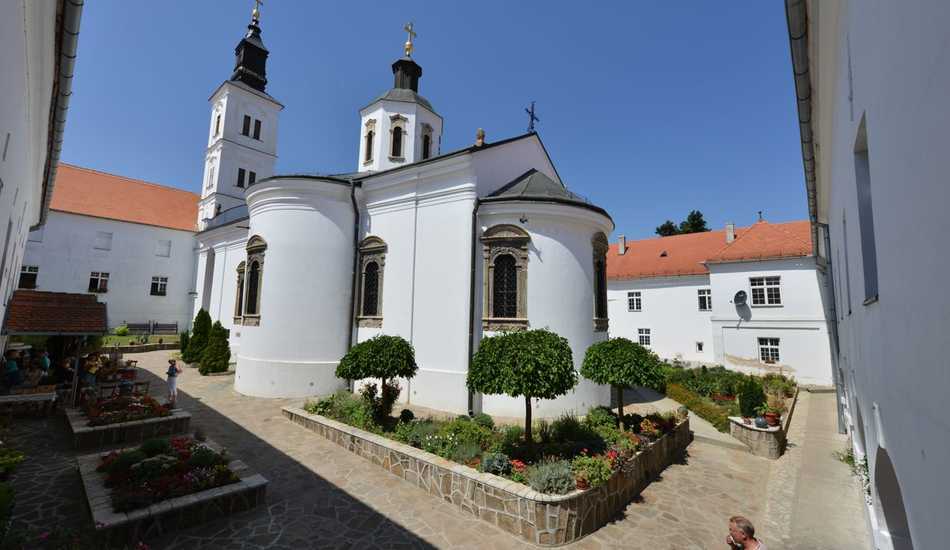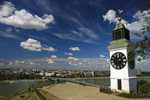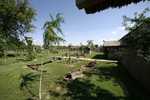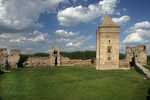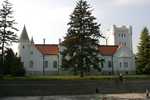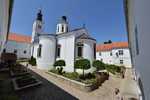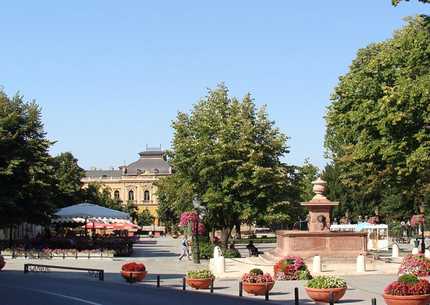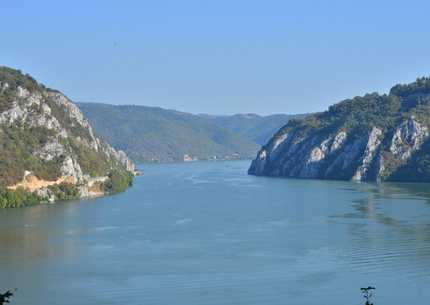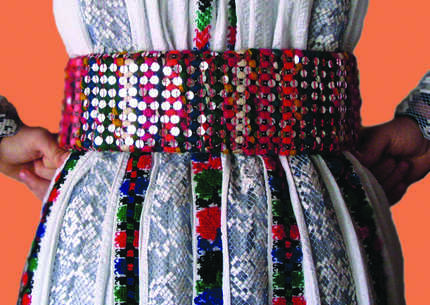Abstract:
On this tour we will discover many different faces of Vojvodina, not only of different ethnicities that inhabit it, but also of diverse crafts of its people, antiquities scattered on its plain as well as its cuisine crafted by diverse influences.Activities:
Visit workshop for making violinsVisit the famous Gallery of Naive Art
Visit the museum of the famous painter Martin Jonoš
Visit the museum of Mihajlo Pupin
Visit the most multicultural village in Vojvodina - Belo blato
Visit the castle in Ecka
Visit the famous castle Fantast
Visit the protected nature park Zobnatica
Visit the resort Palic
Visit the town center of Subotica
Visit a medieval fortress Bač
Visit the center of Novi Sad
Visit the Petrovaradin fortress
Visit the Sremski Karlovci
Visit the most important monastery of Fruska Gora Krušedol
Tour description:
Day 1. Belgrade – Kovačica – Idvor – Carska bara – Belo blato – Ečka approx. 140 km
Our first stop is the village of Kovačica, where we will visit the local women’s association that produces pretty handicrafts, the artisan violin maker, the Gallery of naive art and, in the end, Museum of Martin Jonaš, one of the best known local artists. Next place on our tour is Idvor, the native village of scientist Mihailo Pupin where we will visit the house where he was born as well as a small museum dedicated to him. We recommend lunch at “Banatski salaš”. We continue to Carska bara wetland nature reserve for a walk or (optional) a boat ride after which we will go to Belo Blato village where we will visit a family run company that harvests reed and thatches roofs. Our day ends in Ečka, where an old manor transformed into a fine hotel will be the place where we’ll spend the night.
Day 2. Ečka – Zrenjanin – Fantast – Zobnatica – Palić – Subotica approx. 180 km
Breakfast and walk through the historic center of Zrenjanin, one of the most beautiful cities in Vojvodina. Our next stop is Fantast Castle, near Novi Becej, famed for its beauty, the chapel iconostasis, and its horse farm. We continue to Zobnatica, a famous horse breeding farm, where we will indulge in riding horses, driving in a carriage and visit the farm’s museum. Afterward its time to visit Palić resort with its lake, old hotels and villas of interesting architecture. Free time for lunch. The last stop for this day is the city of Subotica at the very border with Hungary where we will spend our night.
Day 3. Subotica – Donji Tavankut – Bezdan – Bač – Novi Sad approx. 210 €
Sightseeing walk during which you will see the Subotica’s incredible Town Hall, Raichle Palace, Synagogue as well as many other beautiful Art Nouveau edifices. In the village of Donji Tavankut where we will explore the local craft of depicting scenes by weaving straw. Our next stop will be in a farmhouse close to Sombor where we will try the local fruit brandies, including their old specialty – brandy made out of mulberries. In the village of Bezdan that lies on the Danube, we visit the “ethno house” museum, and the weaving house where on 18 large looms damask is still woven as it was over a century ago when it was established. Free time for lunch. We suggest you for lunch, the hefty gulyas, which can be served in a local farmhouse. Our tour continues to Bač and its medieval castle now in ruins. The bus ride to Novi Sad where our hotel for the night is situated.
Day 4. Novi Sad – Petrovaradin – Sremski Karlovci – Krušedol – Slankamen- Belgrade approx. 130 km
A walk through Novi Sad’s scenic downtown followed by a visit to the Petrovaradin fortress, the symbol of Novi Sad from which we will enjoy the fascinating panorama of the whole city. Next we will go to Sremski Karlovci, a small town of great historical importance where we will visit the most important sites and then go to one of its famous wine cellars where we will learn about centuries-old traditions of wine making and, naturally, will try some of their wines, including the fortified medicinal wine called bermet. Next stop is the monastery of Krušedol from the XVI century, a mix of Byzantine art and baroque influences, with a stunning iconostasis, frescoes, and graves of many important persons from Serbian history. The last thing we will visit on this tour is Slankamen, with its monument from 1691 that symbolize the battle between Habsburg and Ottoman forces, the old village with its Roman ruins and a medieval church. Departure back to Belgrade.
